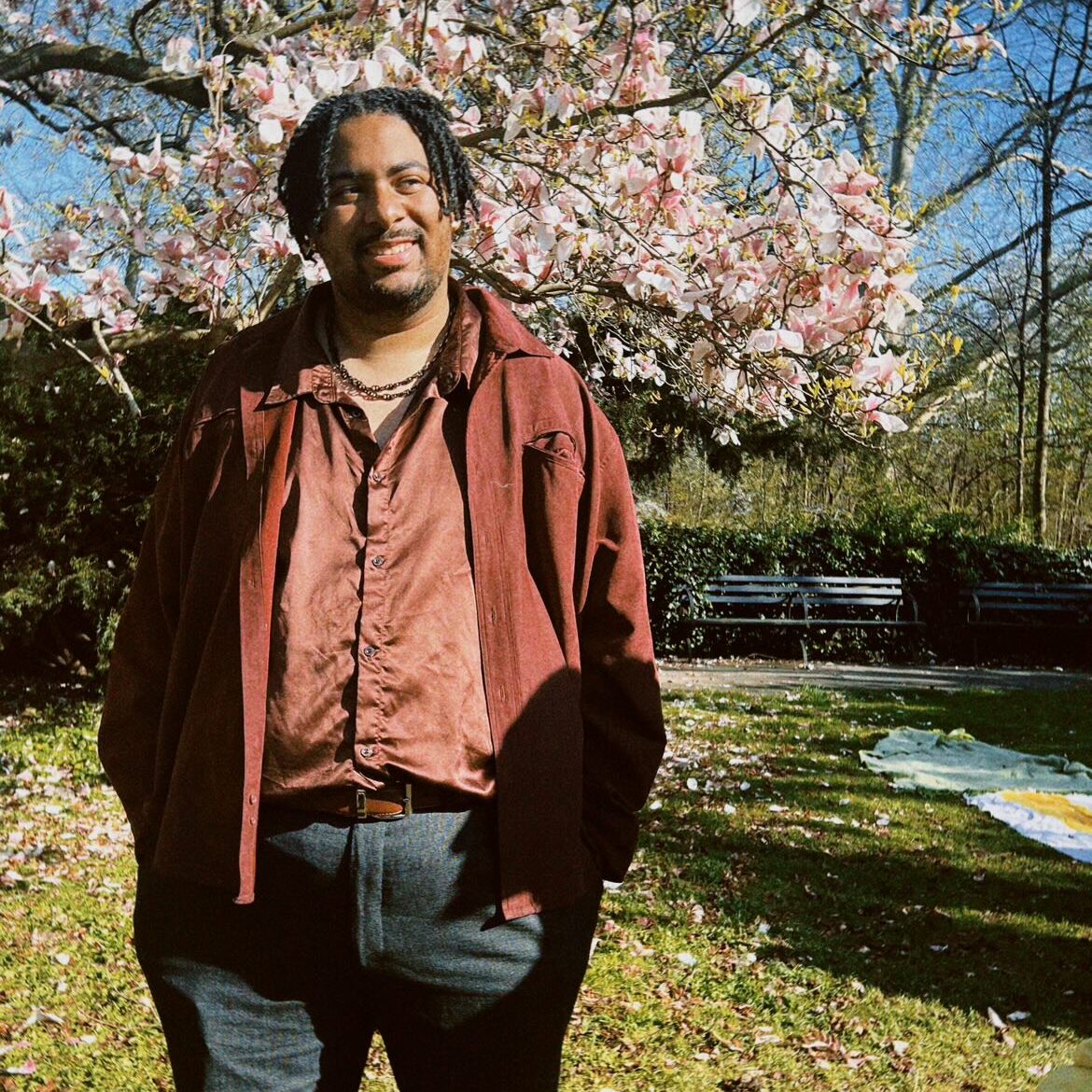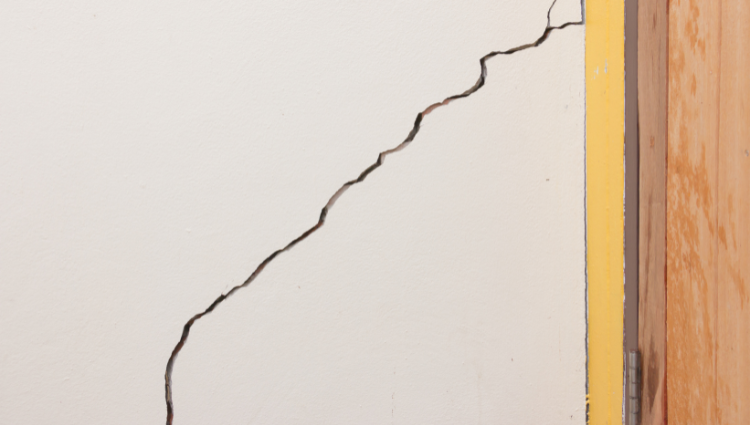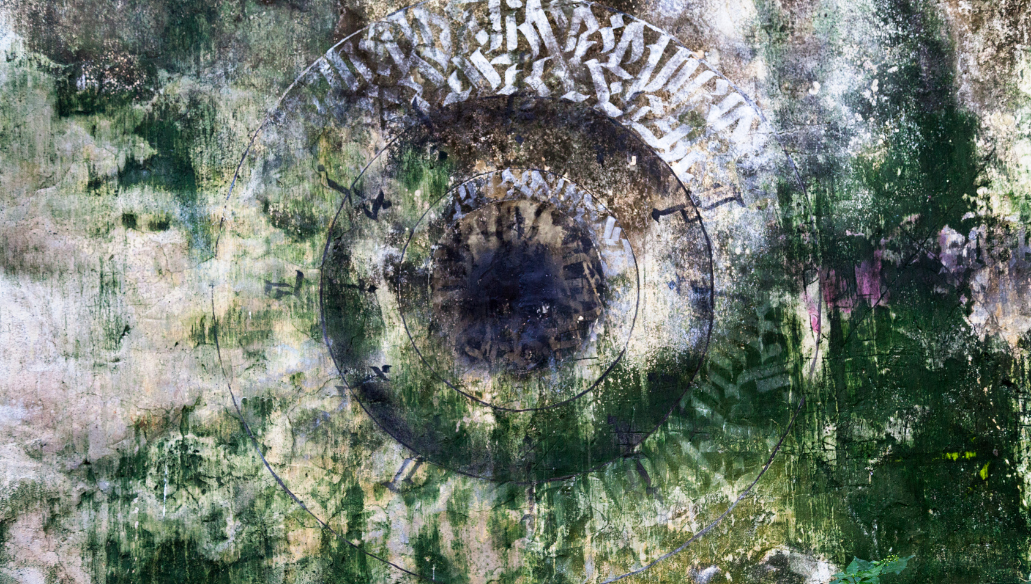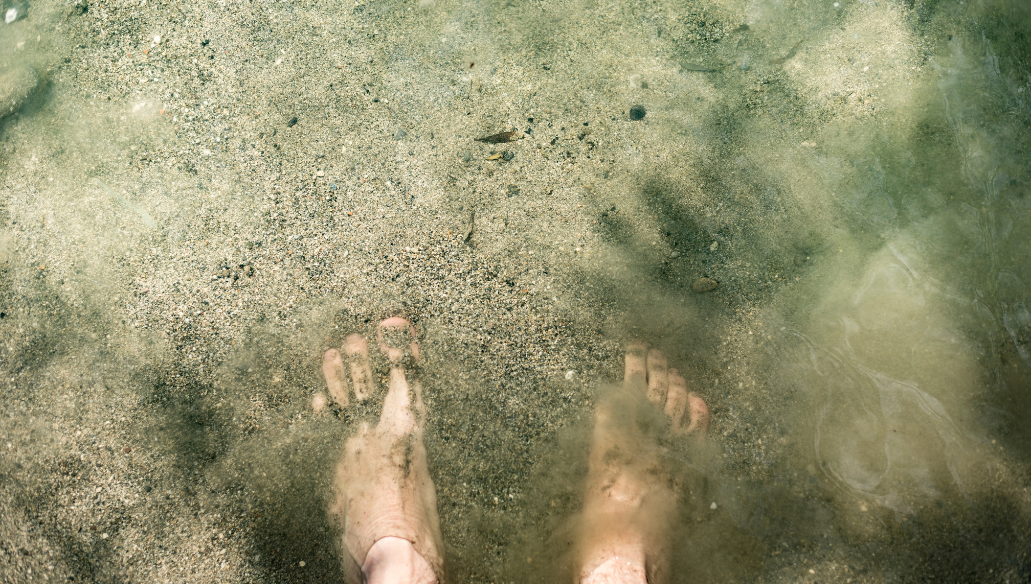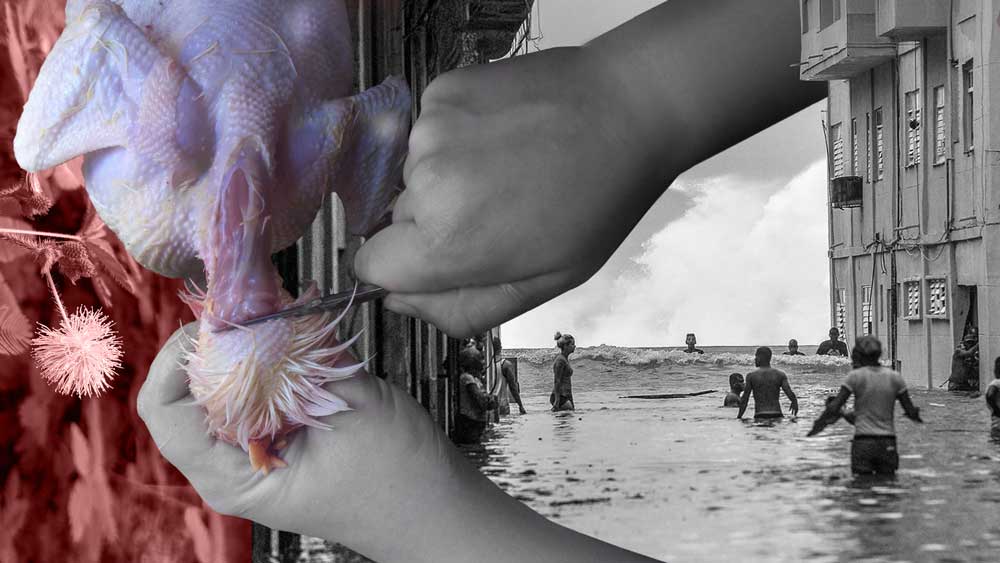Editorial Note: Lyndon Nicholas was a finalist for our Editors-in-Chief position for our 2025 Community Anthologies. We invited our finalists to write a short piece on the topic of their proposed anthology. Below, get insight into “On Revolt,” the anthology topic that Lyndon had proposed for his Community Anthology.
When I applied to the Seventh Wave Editor-in-Chief position for their Community Anthologies program, it was because I’d been stuck on this question of what it means to revolt, why so many of us feel we must, and what becomes possible when we do.
My first lesson in revolt came from my mother. When I was born with jaundice, premature, and in need of a blood transfusion, she went through with the operation despite her mother’s strong urgings against it. Her mother’s religion believes that the Bible prohibits blood transfusions because they are akin to the consumption of blood. The things that kept me alive that day embody the dual nature of revolt: revolting as something feared or shunned, and the revolting of my mother against a belief thrust upon her.
I started developing keloids when I had my ears pierced in 2017. I’ve had eczema since birth, so I was used to flare-ups: patches that oscillate between inflamed and flaking. Some years, I avoided going to the beach with others to hide the discoloration. However, when I began to notice that the keloids were worsening, I removed them. The holes bubbled up and closed, and the inflammation receded. When I took a chance and pierced them again, they returned — small dots like bug bites that swelled into thick, rotund bubbles. I used to pick at the keloids on my ears, squeeze raw wounds until pus and blood oozed out, pockmarking the cotton shoulders of my shirts. When I developed one on my chest from an ingrown hair, I thought my body was trying to teach me a lesson, that I’d made some karmic mistake I was being punished for. After a year or so, the ones on my ears had grown, now fleshy Peanut M&Ms made of scarring skin. When I finally had them removed in 2020, they’d evolved to the size of small walnuts. The surgeon showed them to me. They were wet, white-pink lumps, like the keloided skin was crying from its separation.
It’s easy to reflect now. What did the keloids do but look bad? What’s the problem with my skin’s occasional revolts? They disturb. Sometimes me, mostly others. In getting my keloids removed, in hiding my eczema, maybe I feared revolting against norms around acceptable skin because I feared being seen as revolting.
To revolt is both to rupture and to unsettle. To reject the world as it is, and to have your form rejected by that world. For those of us deemed “revolting,” we are both those who resist and those cast out. Many live the act of revolt through gender, disability, queerness, race, politics, or form. Every day, we face systems of violence and oppression, and every day we choose to conform or to revolt. We’ve inherited a world where genocide is applauded, where mourning is criminal if the state caused the death. These systems target not just our movements, but our bodies.
Revolting is what we’re called when we refuse to contort ourselves into their categories. This is the gift of the grotesque: it tells the truth, even if that truth breaks norms of comfort. But in that breaking, we see we were never the problem. The problem is the world that told us we were.
I began this query seeing revolt as something in conflict with itself. But now I see this tension as harmonious. It’s no coincidence that revolt and revolution share a linguistic root. They come from revolving, returning, repeating. Revolt is both instance and practice. It both interrupts and transforms. It gives language to what we’ve been taught not to name. It dares to say the world is not inevitable. The beautiful is not always beautiful, the ugly not always ugly. It dares to dream that another world is possible, and then works to actualize that dream.
Revolt is not just protest. Not just uprising. It’s what happens between the moments, the movement that happens before and after. I don’t necessarily have an anthology to call people to submit to, and that’s okay. Maybe it will materialize in another form. Revolt doesn’t end in a single act. I’m excited to continue seeking the revolting and building with those who are, too. Revolt isn’t only about destruction. It’s about construction and reconstruction. The messy, collective labor of making something more durable: flesh into theory, theory into practice, and practice back into flesh.
